Chocó–Darién rainforests
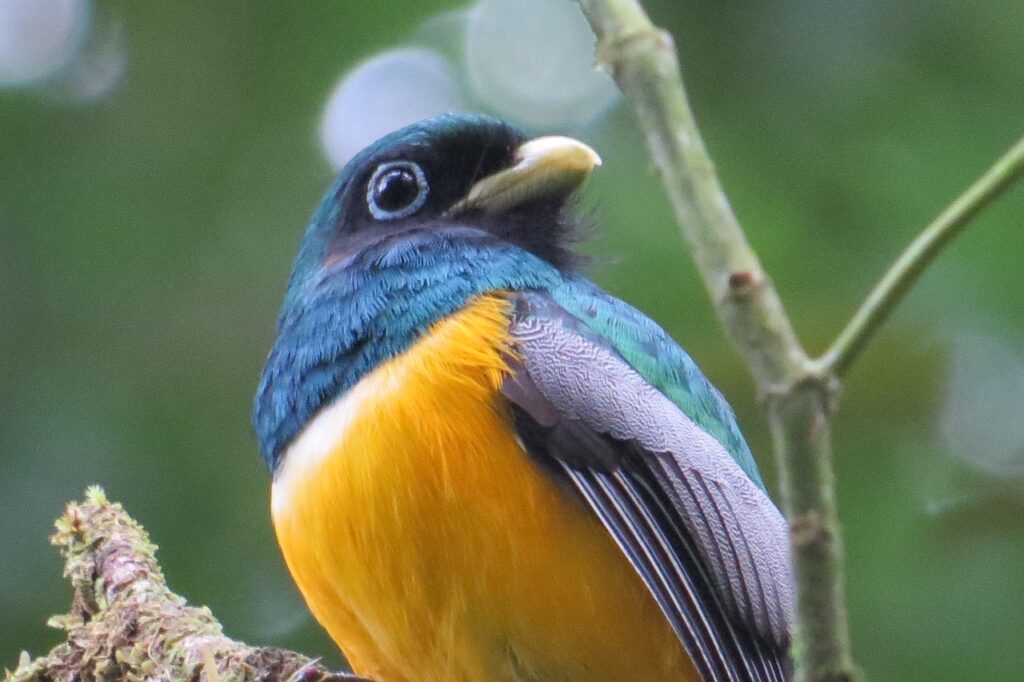
The Chocó–Darién rainforests are a fascinating and vital ecosystem located in the northwestern corner of South America. Covering parts of Colombia, Ecuador, Panama, and Costa Rica, this tropical rainforest is one of the most biodiverse regions in the world, home to a vast array of plant and animal species.
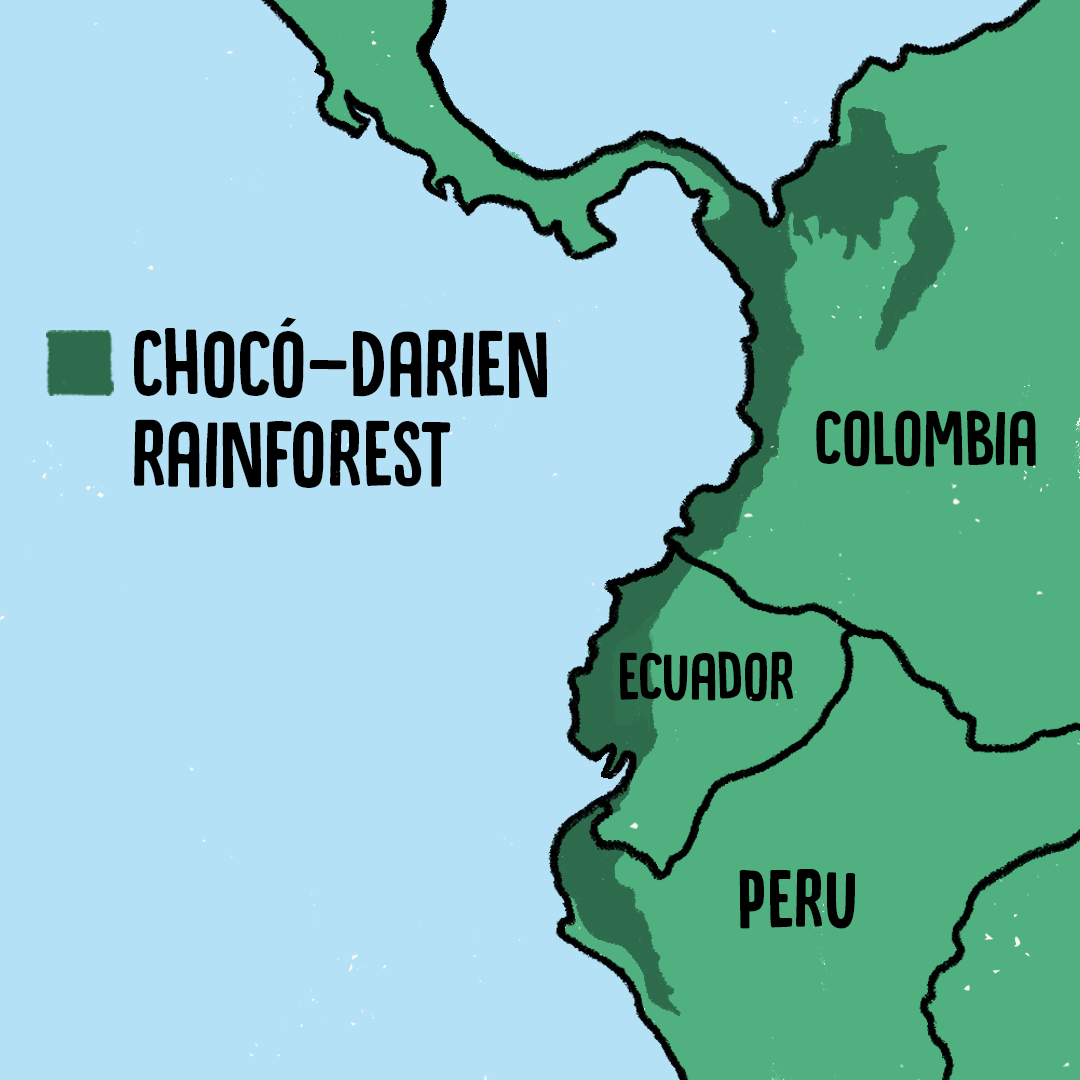
This map on the left shows the location of the Chocó–Darién rainforest.
Spanning approximately 100,000 square kilometers, the Chocó–Darién rainforests are characterized by high levels of rainfall and humidity, which support the growth of a lush canopy of trees and a dense underbrush. The forest is also crisscrossed by numerous rivers and streams, creating a complex and dynamic ecosystem.
One of the notable features of the Chocó–Darién rainforests is the high levels of rainfall they receive, which contributes to the lush and dense vegetation. The region is home to many rare and endemic plant species, including orchids, bromeliads, and palms.
The canopy of the rainforest is dominated by tall trees, such as the ceiba, balsa, and kapok, which can reach up to 60 meters in height. Beneath the canopy, there are layers of smaller trees and shrubs, including the cecropia and melastome. The forest floor is covered with a thick layer of leaf litter and fallen branches, which decompose and provide nutrients for the plants.
The Chocó–Darién rainforests are also home to a variety of plant communities, such as mangroves, swamps, and riverine forests. These areas support specialized vegetation adapted to the specific environmental conditions, such as salt-tolerant mangroves in coastal areas and palm forests in floodplains.
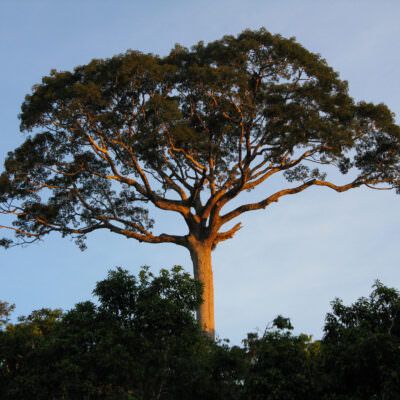
One of the most important aspects of the Chocó–Darién rainforests is their incredible biodiversity. According to the World Wildlife Fund, this region is home to over 10,000 species of plants, over 400 species of mammals, and over 700 species of birds. The Chocó–Darién rainforests are home to a wide variety of animals, many of which are endemic to the region. This area, located in western Colombia and eastern Panama, is considered one of the most biologically diverse areas on Earth. Here are some examples of the animals you may find in this rainforest:
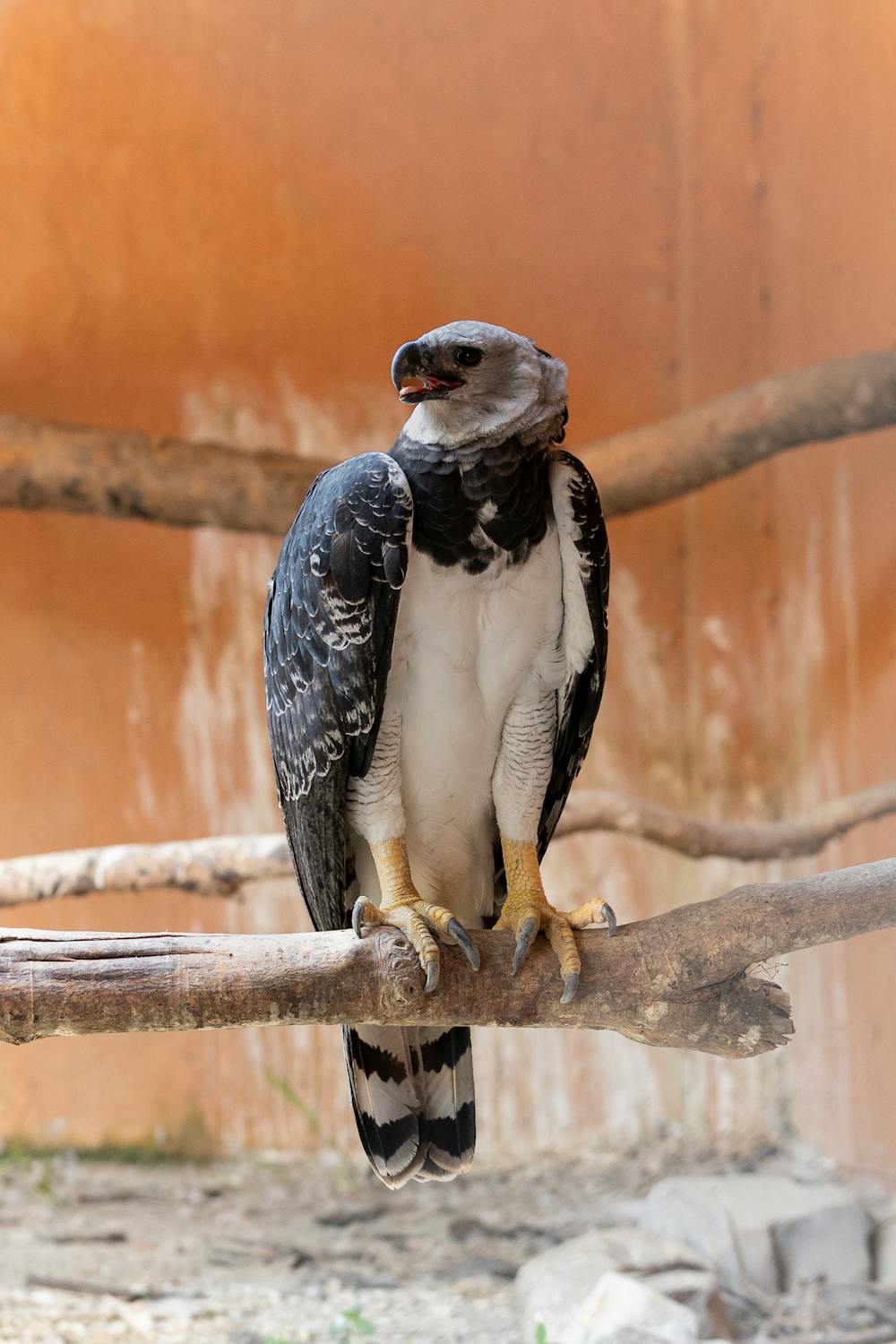
1. Harpy Eagle: The harpy eagle is one of the largest and most powerful eagles in the world, with a wingspan of up to 7 feet. It is a top predator in the rainforest and can be found hunting for prey in the canopy.
2. Jaguar: The jaguar is the largest cat in the Americas and is known for its strength and agility. It is a solitary predator that can be found hunting in the rainforest.


3. Poison Dart Frog: The Chocó–Darién rainforest is home to many species of poison dart frogs, including the golden poison dart frog, which is considered one of the most toxic animals on the planet.
4. Three-toed Sloth: The three-toed sloth is a slow-moving mammal that spends most of its life hanging upside down from trees. It feeds on leaves, fruits, and flowers.


5. Red-eyed Tree Frog: The red-eyed tree frog is a brightly colored frog that can be found on leaves and branches near water sources. It is known for its distinctive red eyes and its ability to change color.
6. Howler Monkey: The howler monkey is the loudest land animal in the world and can be heard from miles away. It is a social animal that lives in groups and feeds on leaves, fruits, and flowers.

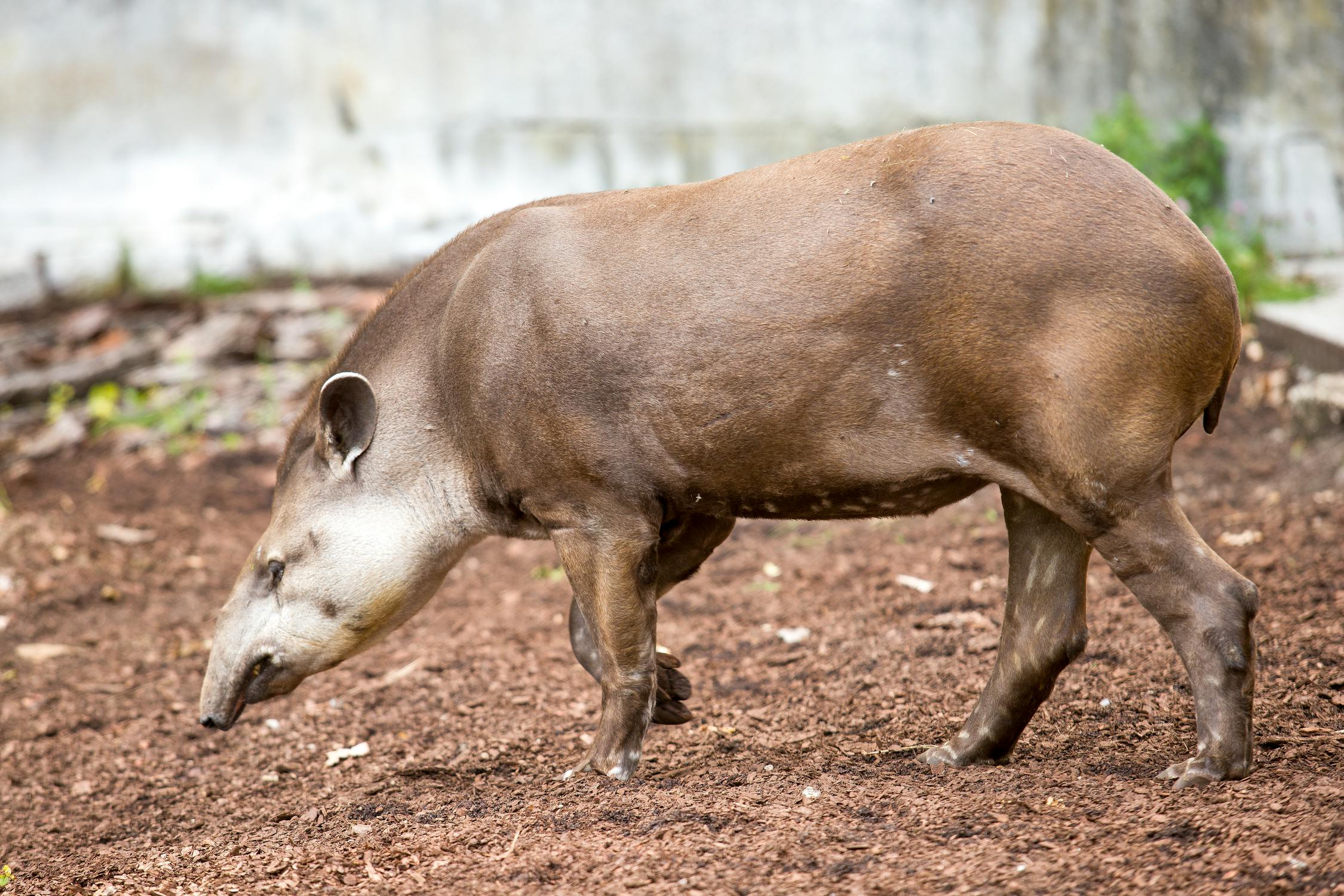
7. Tapir: The tapir is a large herbivorous mammal that can weigh up to 600 pounds. It is an important seed disperser in the rainforest and helps to maintain the ecosystem.
These are just a few examples of the many animals that can be found in the Chocó–Darién rainforests. There are countless other species of birds, reptiles, amphibians, and mammals that make this region their home.
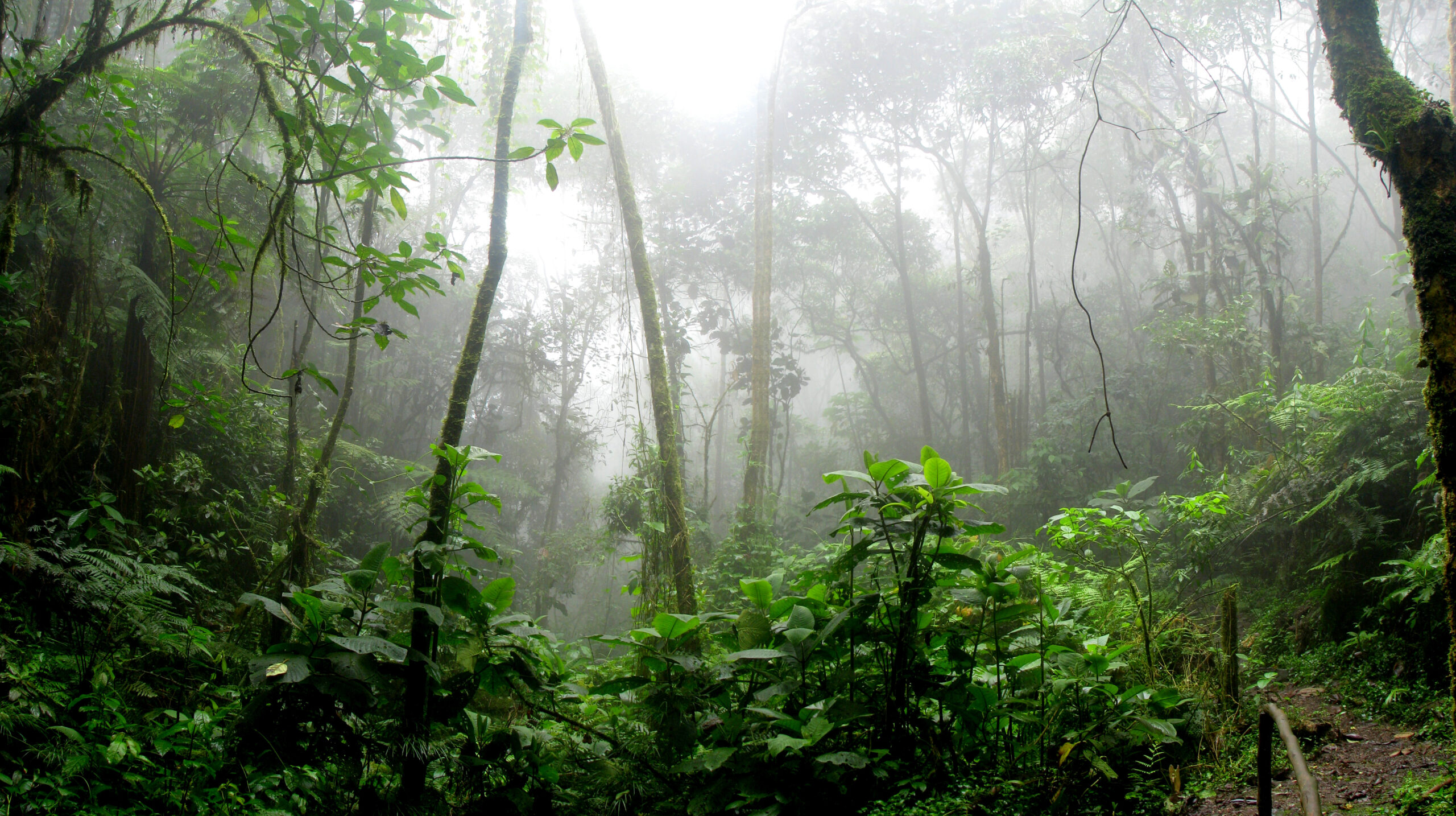
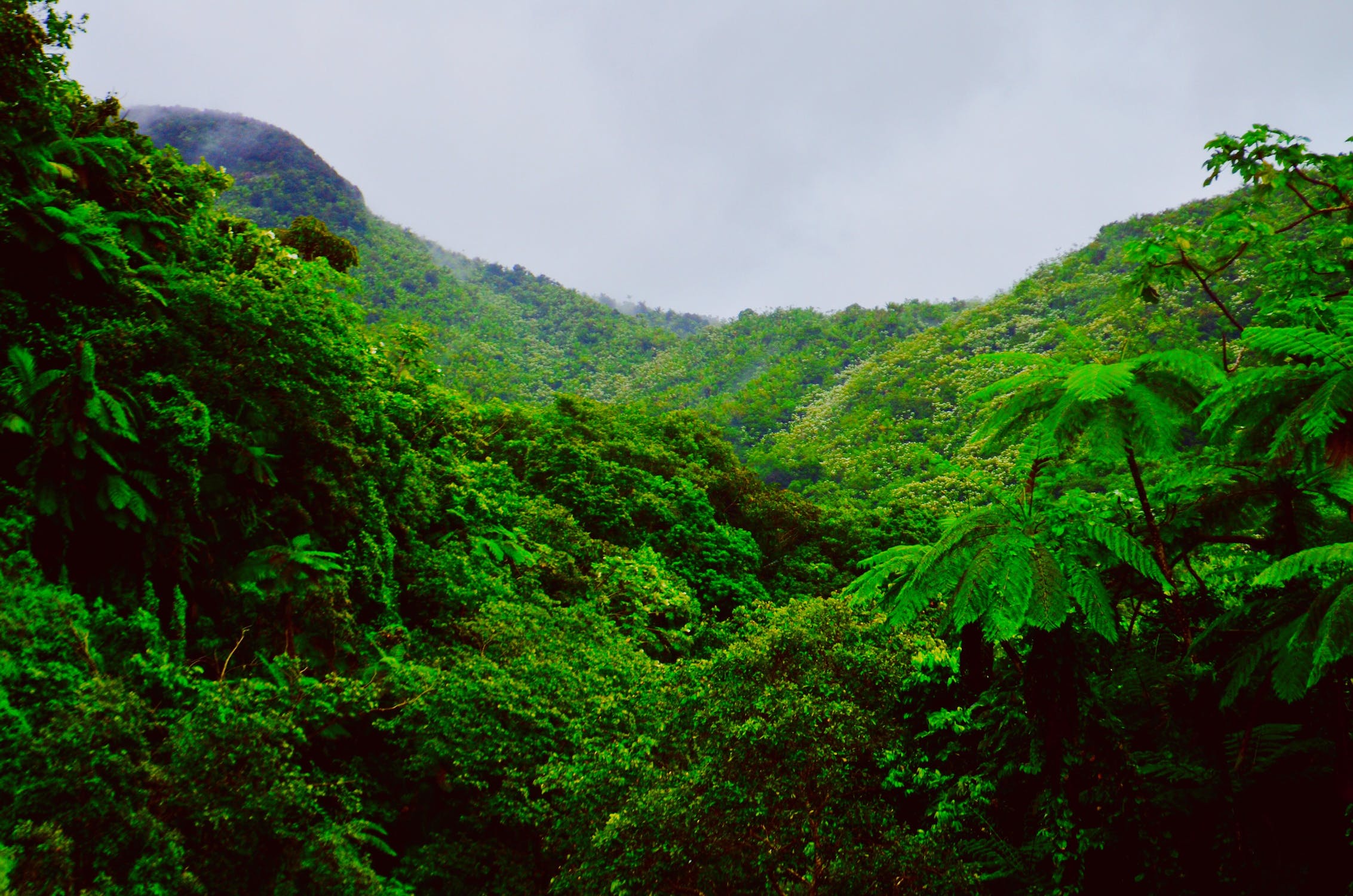
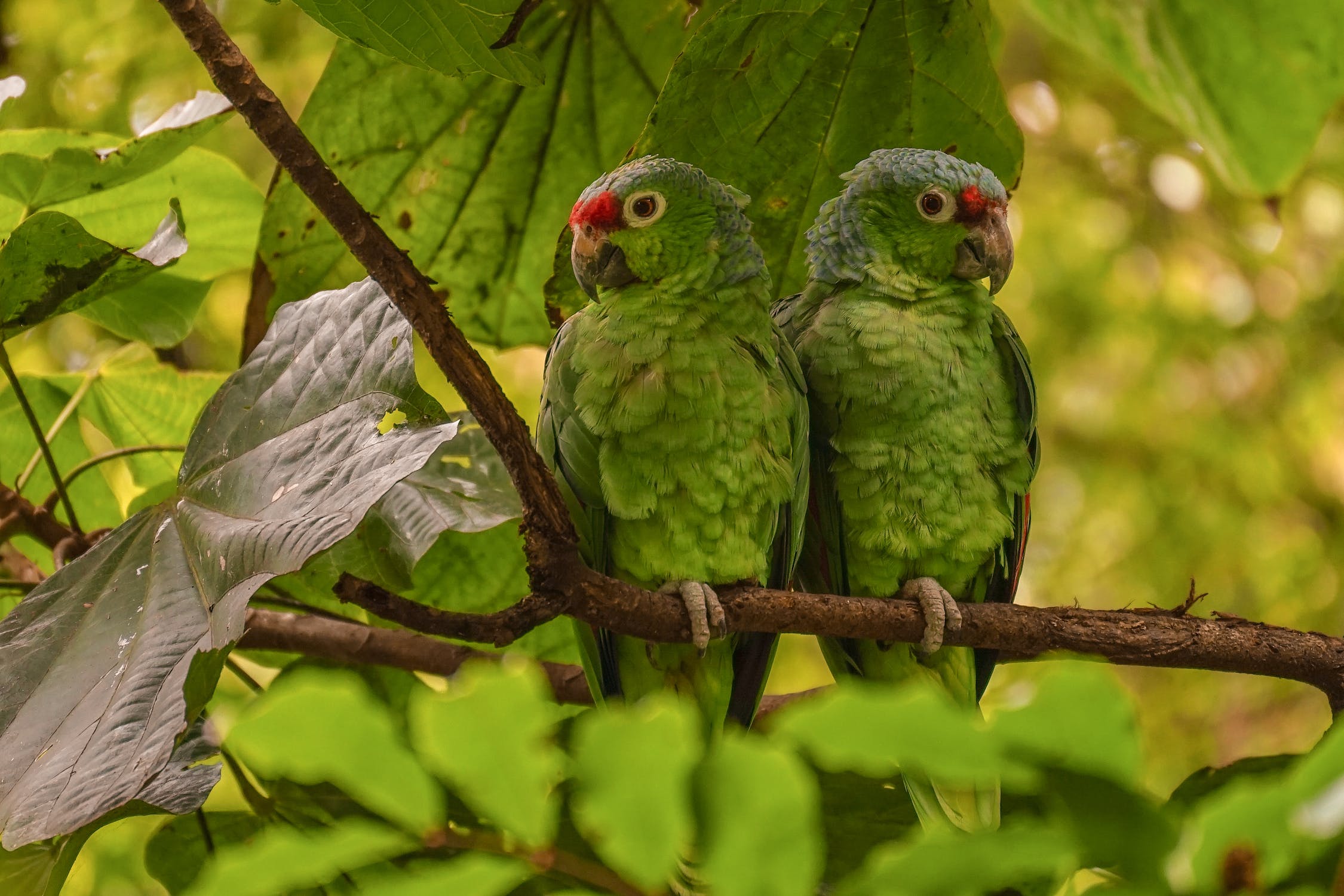
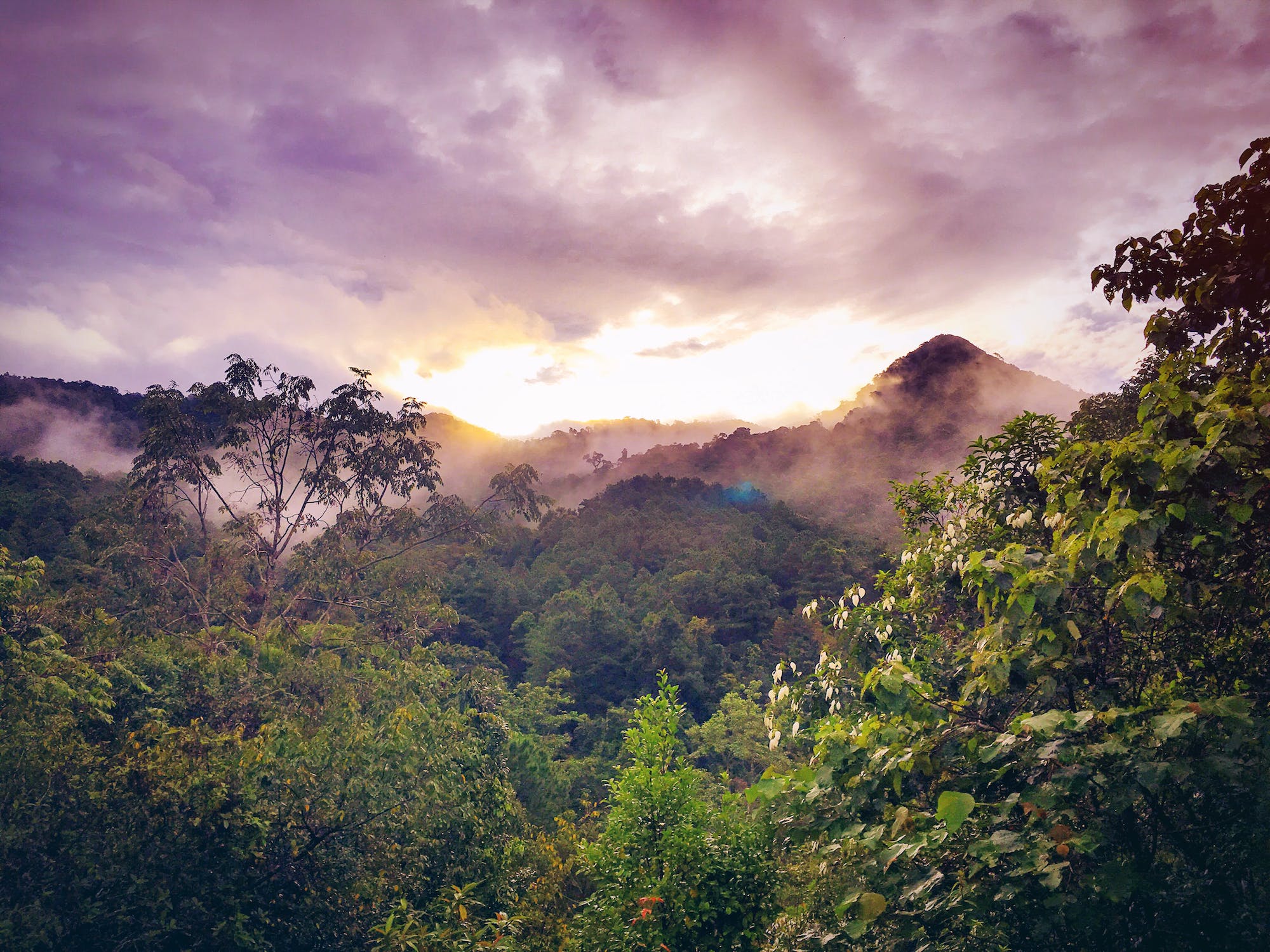
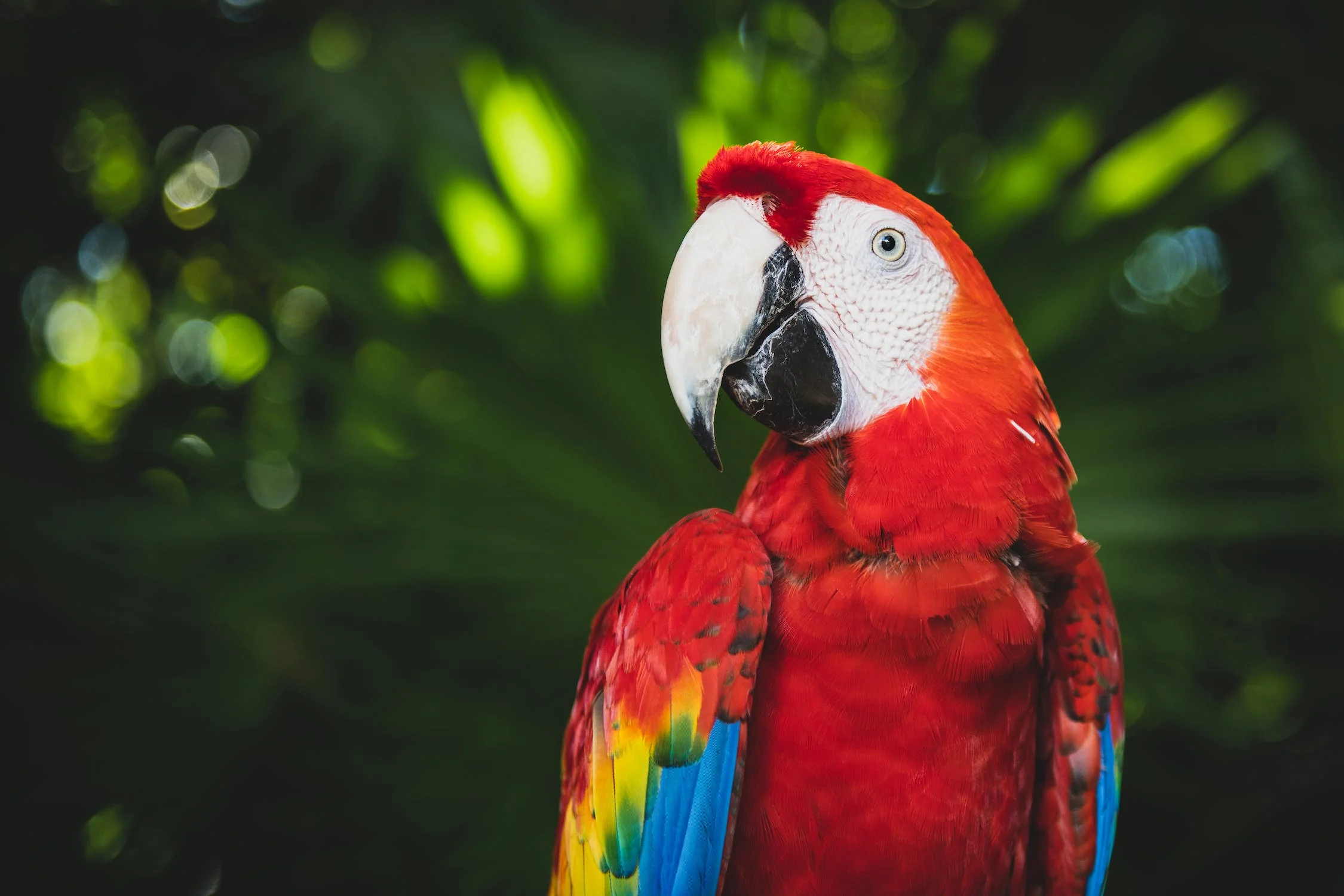
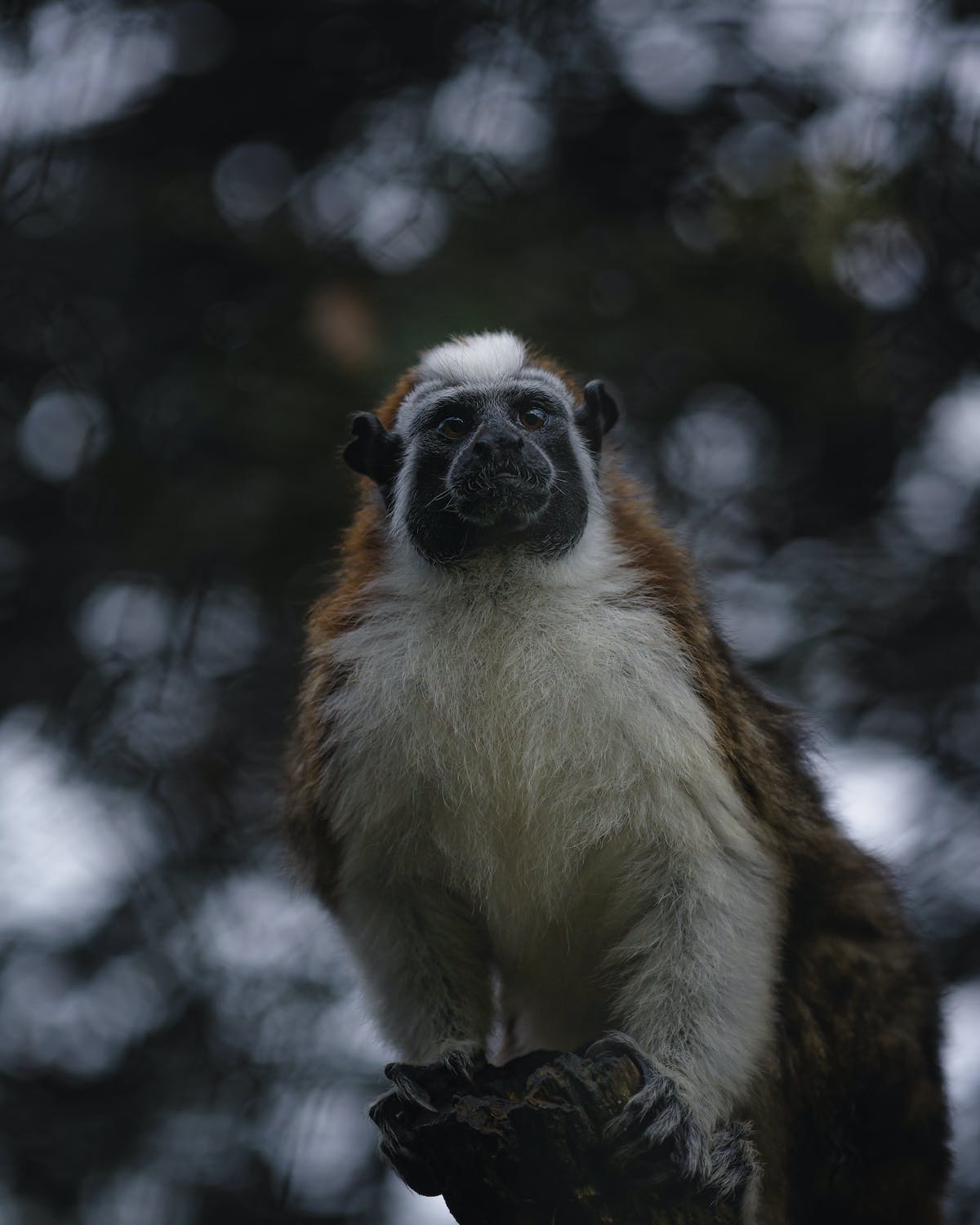
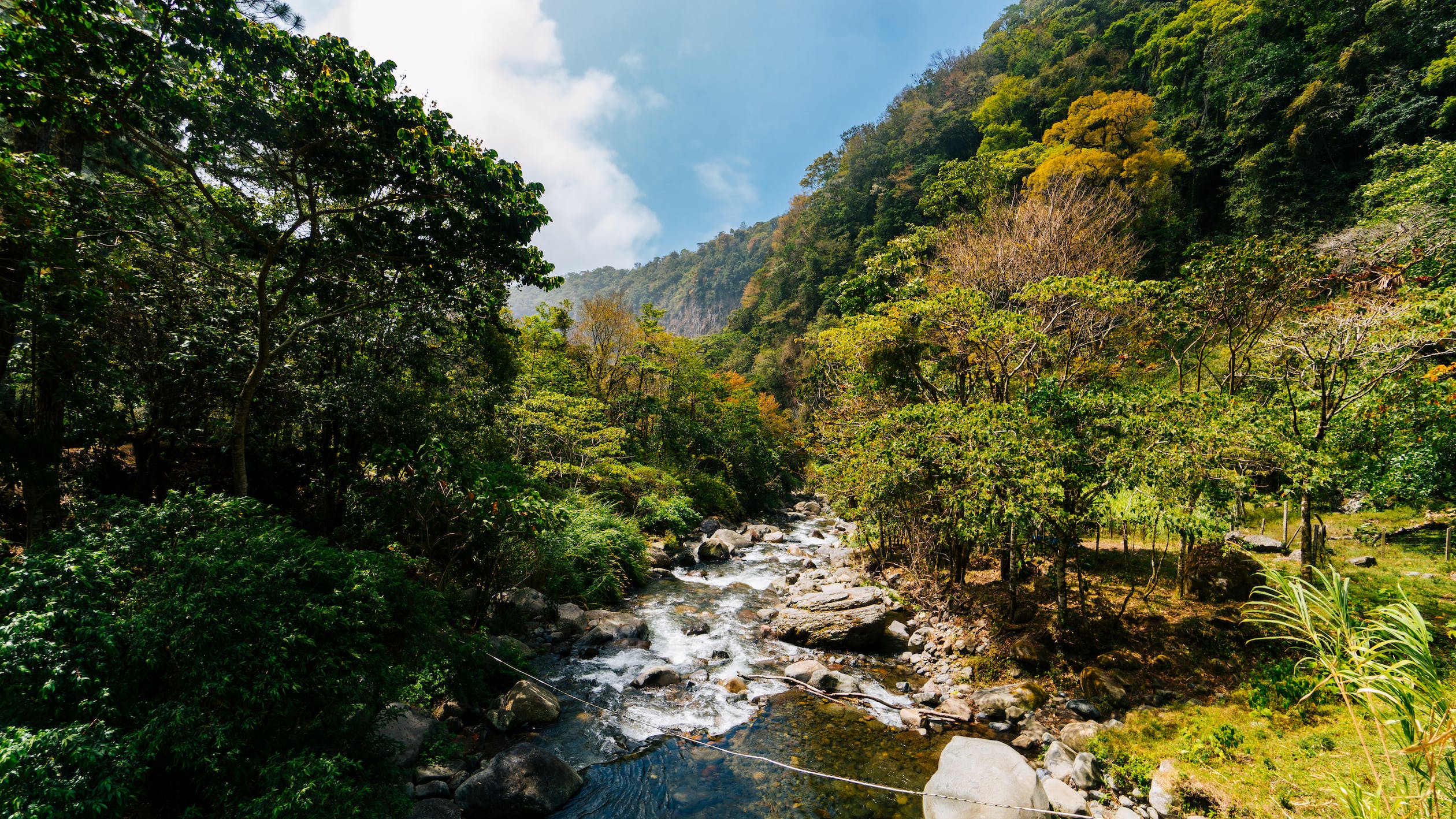
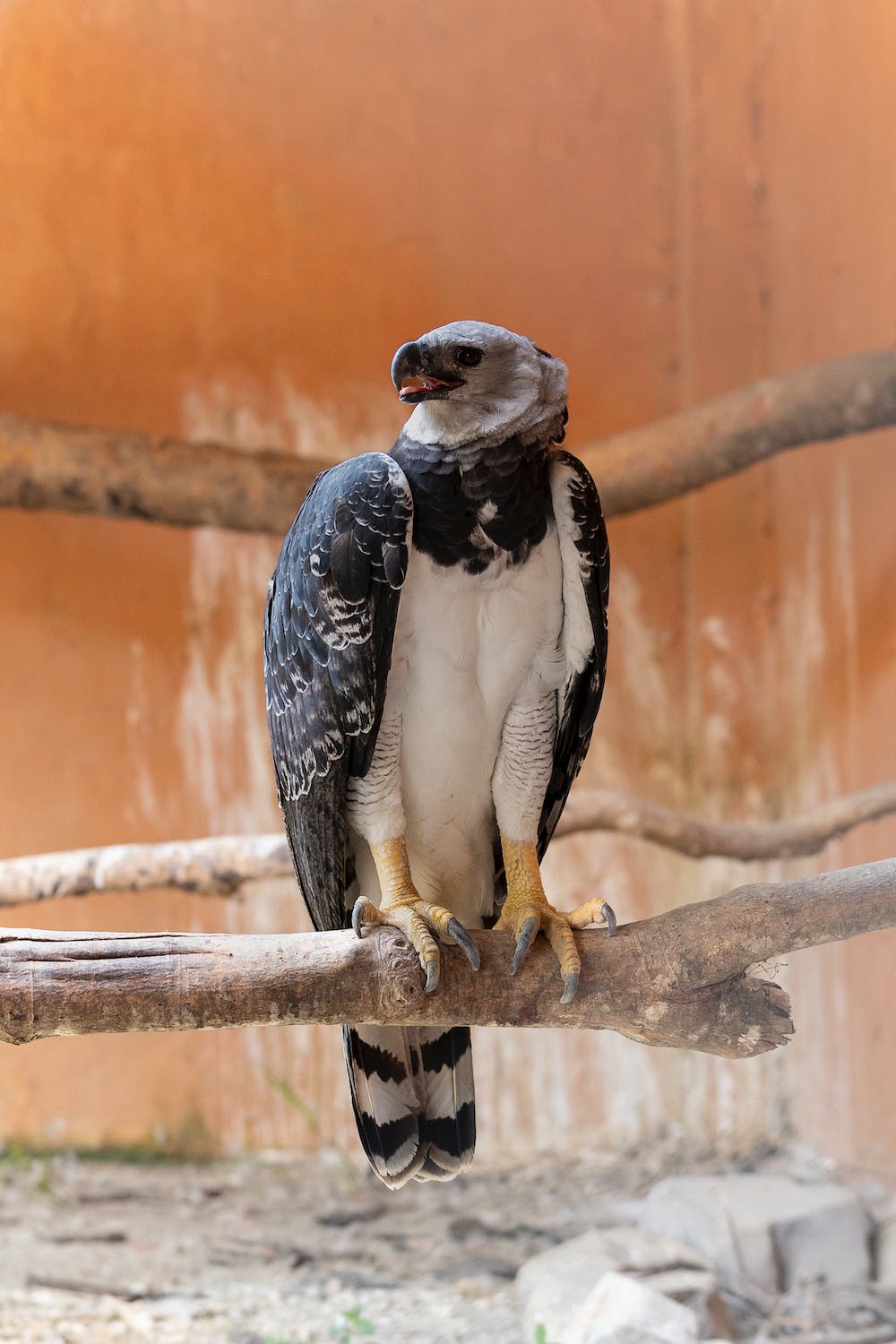
The Chocó–Darién rainforests are also an important source of resources for the local communities that live in the region. The forest provides food, medicine, and building materials, as well as supporting traditional practices such as hunting and fishing. However, the forest is also under threat from deforestation, illegal logging, and mining, which are causing habitat loss and the destruction of ecosystems.
To protect the Chocó–Darién rainforests, conservation efforts are underway, including the creation of protected areas and the promotion of sustainable practices. These efforts are critical not only for preserving the biodiversity of the region but also for ensuring the continued livelihoods of the local communities that depend on the forest.
In conclusion, the Chocó–Darién rainforests are a unique and important ecosystem that must be protected. As one of the most biodiverse regions in the world, the forest provides habitat for thousands of species and supports the livelihoods of local communities. Conservation efforts are essential to ensuring the survival of this vital ecosystem for generations to come.
An interesting documentary about the Chocó rainforest by Nat Geo Wild
There is so much different places, animals, and nature sights to see in the Chocó–Darién rainforest that it would be impossible to list them all in here. I hope that you gained something new, interesting, and useful from this post. I recommend you to check out more of this amazing rainforest.
